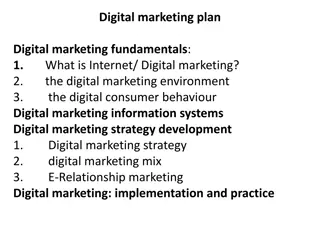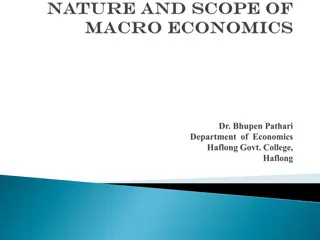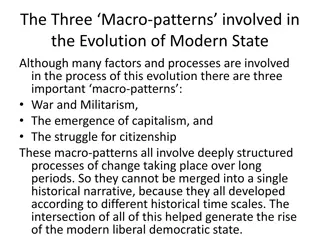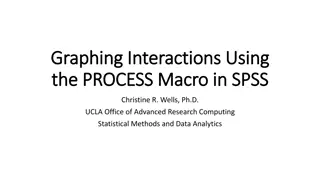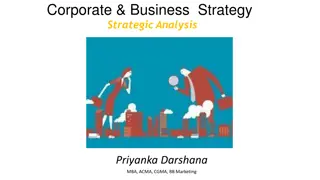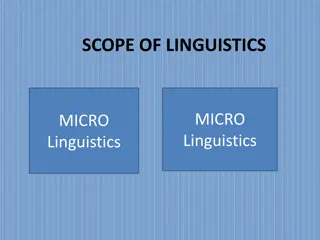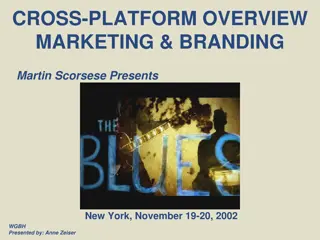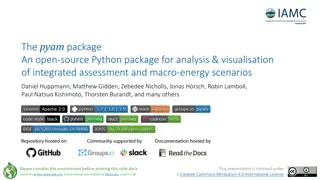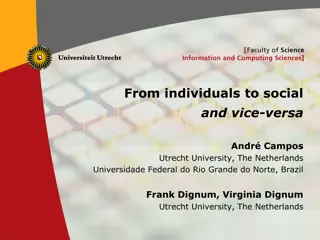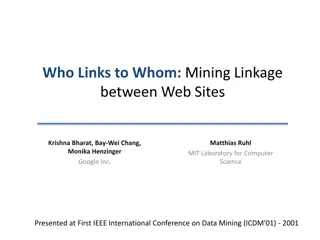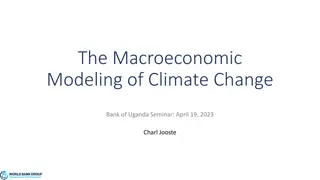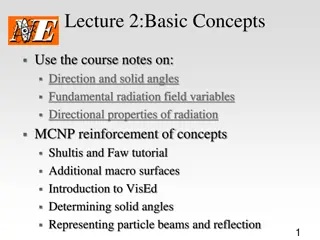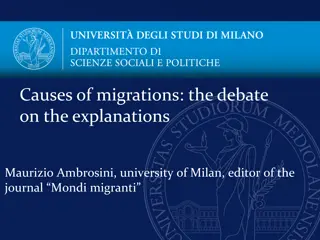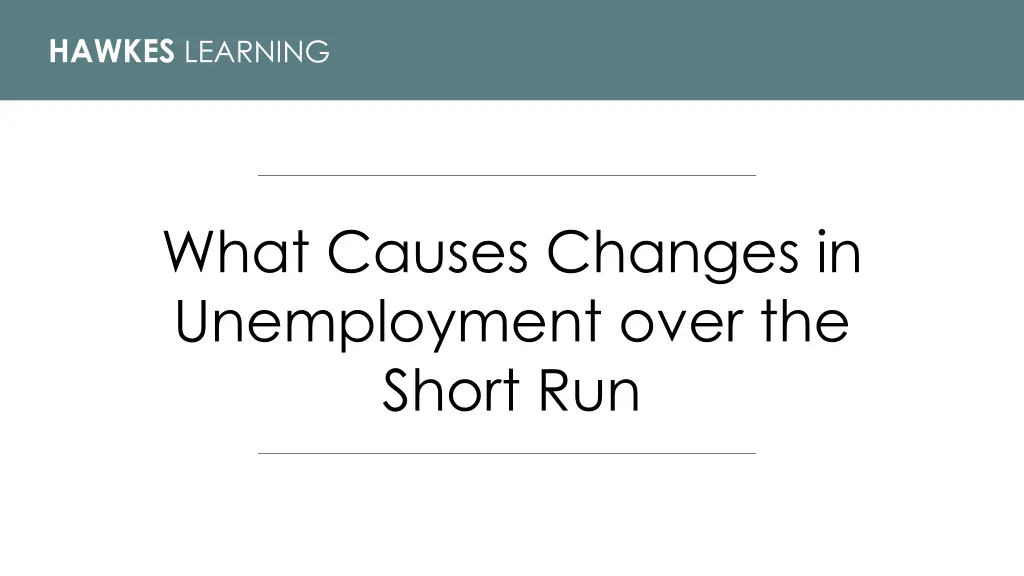
Understanding Unemployment Changes in the Short Run
Explore the causes of changes in unemployment over the short run, including cyclical unemployment and why wages might be sticky downward. Discover theories such as implicit contracts and efficiency wages while considering real-world examples like the impact of the COVID-19 pandemic on labor markets.
Download Presentation

Please find below an Image/Link to download the presentation.
The content on the website is provided AS IS for your information and personal use only. It may not be sold, licensed, or shared on other websites without obtaining consent from the author. If you encounter any issues during the download, it is possible that the publisher has removed the file from their server.
You are allowed to download the files provided on this website for personal or commercial use, subject to the condition that they are used lawfully. All files are the property of their respective owners.
The content on the website is provided AS IS for your information and personal use only. It may not be sold, licensed, or shared on other websites without obtaining consent from the author.
E N D
Presentation Transcript
HAWKES LEARNING What Causes Changes in Unemployment over the Short Run
Cyclical Unemployment In the short run, the quantity of hours that the average person is willing to work for a given wage does not change much. One primary determinant of firms' demand for labor is how they perceive the state of the macroeconomy. Whether firms see the macroeconomy improving or slowing down determines the amount of labor demanded. As the economy moves from expansion to recession and vice versa, it causes variation in unemployment called cyclical unemployment. HAWKES LEARNING
Why Wages Might Be Sticky Downward Though wage increases may occur with relative ease, wage decreases are few and far between. For low-skilled workers receiving the minimum wage, it is illegal to reduce wages. For union workers operating under a multiyear contract, wage cuts might violate the contract and create a labor dispute or strike. However, minimum wage and union contracts are not sufficient reasons why wages would be sticky downward for the entire U.S. economy. Economists have several theories as to why wages might be sticky downward. HAWKES LEARNING
Real World Example Can you think of a situation, in your current job or at a future prospect, where you would understand, and even support, the idea of your wage decreasing? Now, consider the economic downturn that accompanied the COVID-19 pandemic. Many companies cut salaries or employee hours. What does this tell you about what was happening in the labor market? HAWKES LEARNING
Sticky Downward Wages Theories Adverse Efficiency Implicit Selection of Wage Contract Wage Cuts Relative Insider- Wage Outsider Coordination Model HAWKES LEARNING
Implicit Contract Theory Implicit Contract Argument: Employers will try to keep wages from falling when the economy is weak and/or the firm is having trouble. The employee will not expect huge salary increases when the economy and/or firm is strong. Reasoning against Wage Cuts: Acts as a form of insurance because employees have protection against wage declines in bad times but pay for that protection in good times. Firms are hesitant to cut wages because they do not want workers to feel betrayed and then work less or leave the firm. HAWKES LEARNING
Efficiency Wage Theory Efficiency Wage Argument: Workers' productivity depends on their pay, so employers find an incentive to pay their employees more than what the market dictates. Reasoning against Wage Cuts: When firms offer wages based on productivity, employees are motivated to work harder and stay with their current employer. By avoiding wage cuts, the employer minimizes the costs of hiring new employees and benefits from highly motivated employees. HAWKES LEARNING
Adverse Selection of Wage Cuts Argument Adverse Selection of Wage Cuts Argument: If an employer reacts to poor business conditions by reducing the wages of all workers, the best workers (those with employment alternatives) are more likely to leave and find work elsewhere. Reasoning against Wage Cuts: If imposing wage cuts will cause the better employees to leave and find jobs elsewhere, the firm would be left with mediocre employees who would struggle to find another job. To cut expenses, firms are more likely to choose which workers to lay off or fire rather than cut wages for everyone. HAWKES LEARNING
Insider-Outsider Model Insider-Outsider Model Argument: Those who work for firms are considered "insiders," and new employees, at least for some time, are "outsiders." Reasoning against Wage Cuts: A firm depends on "insiders" to keep the organization running smoothly, be familiar with routine procedures, and train new employees. Cutting wages will cause insiders to look elsewhere for work or alienate them and damage the firm's productivity and prospects. HAWKES LEARNING
Relative Wage Coordination Argument Relative Wage Coordination Argument: A firm would have to cut wages across the board, which is hard to implement and may cause workers to compare pay cuts amongst themselves. Reasoning against Wage Cuts: Workers confronted with the possibility of a wage cut will worry that colleagues will not experience proportionate cuts. Workers fight hard against wage cuts because it means being worse off both financially and in relation to others. HAWKES LEARNING
Sticky Downward Wages Theories These theories are all subjects of debate, but all imply that wages will decline very slowly, if at all, even during tough times for the economy. When wages are unlikely to fall, an excess supply of labor could occur, resulting in short- or long-run unemployment. If the wage rate is stuck above the wage equilibrium, unemployment occurs because businesses can t afford to hire. With a rising demand for labor, wages rise; with a falling demand for labor and sticky wages, unemployment is higher. HAWKES LEARNING
Sticky Downward Wages Theories Because the wage rate is stuck at W, above the equilibrium, the number of those who want jobs (Qs) is greater than the number of job openings (Qd). The result is unemployment, shown by the bracket in the figure. HAWKES LEARNING
Summary Cyclical unemployment rises and falls with the business cycle. In a labor market with flexible wages, wages will adjust so that the quantity of labor demanded always equals the quantity supplied at the equilibrium wage. Economists have proposed many theories for why wages are not flexible and instead may adjust only in a "sticky" way, especially when it comes to downward adjustments. These theories include implicit contracts, the efficiency wage theory, adverse selection of wage cuts, the insider-outsider model, and relative wage coordination. HAWKES LEARNING

